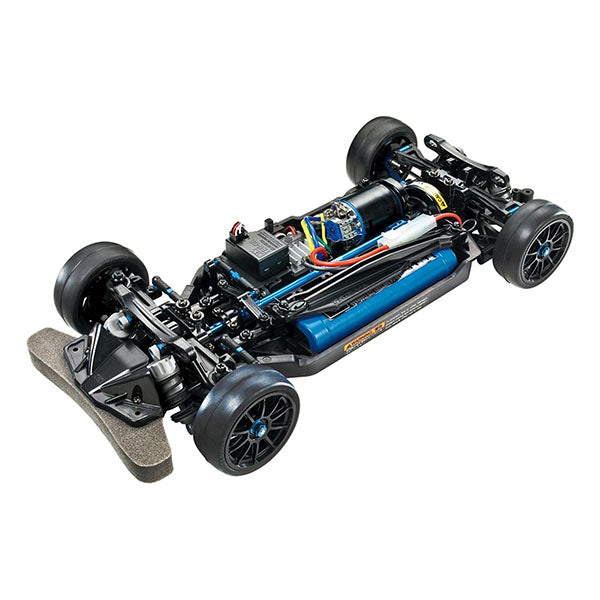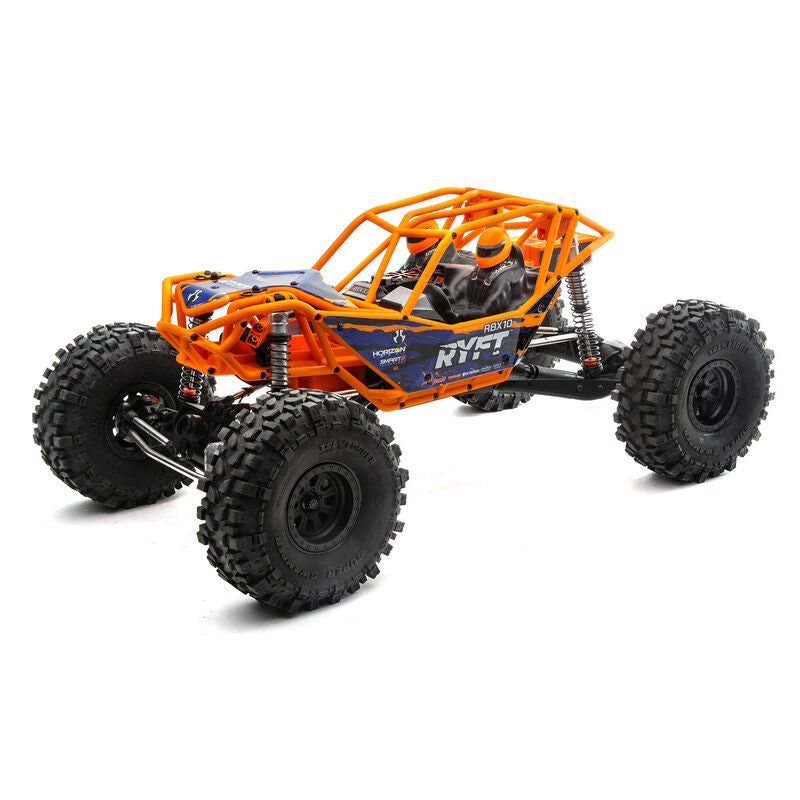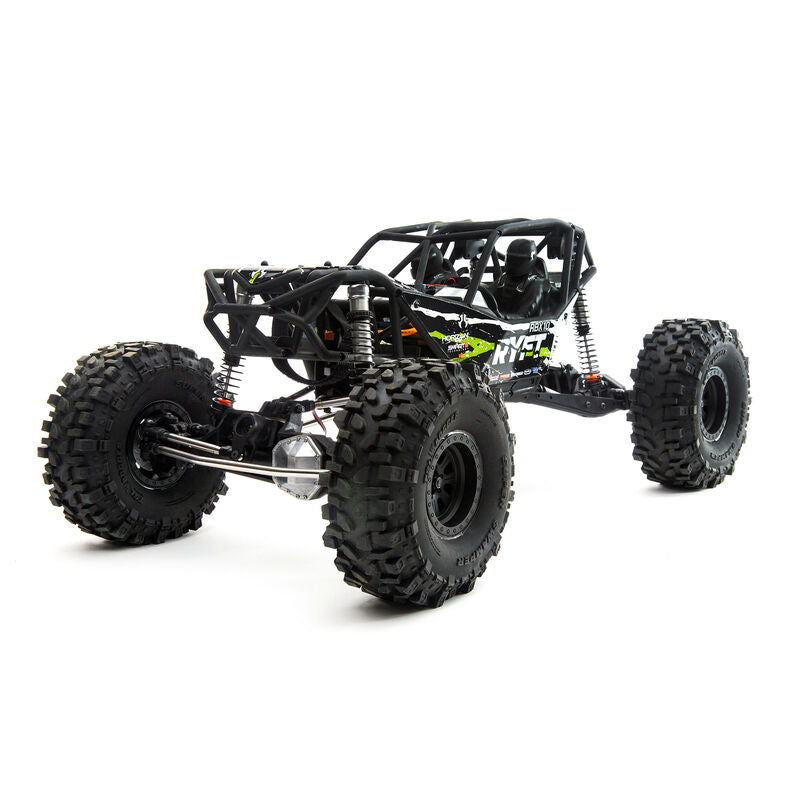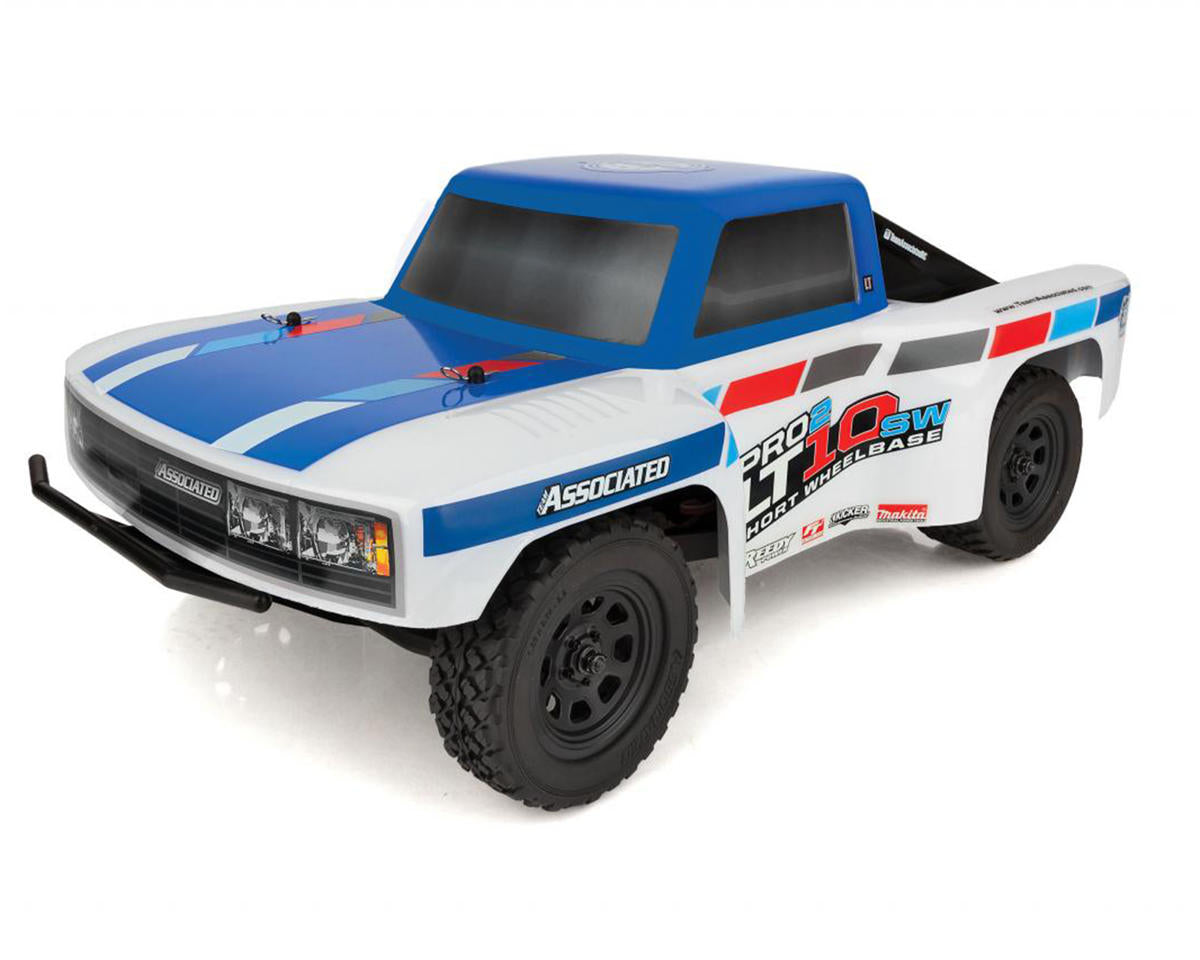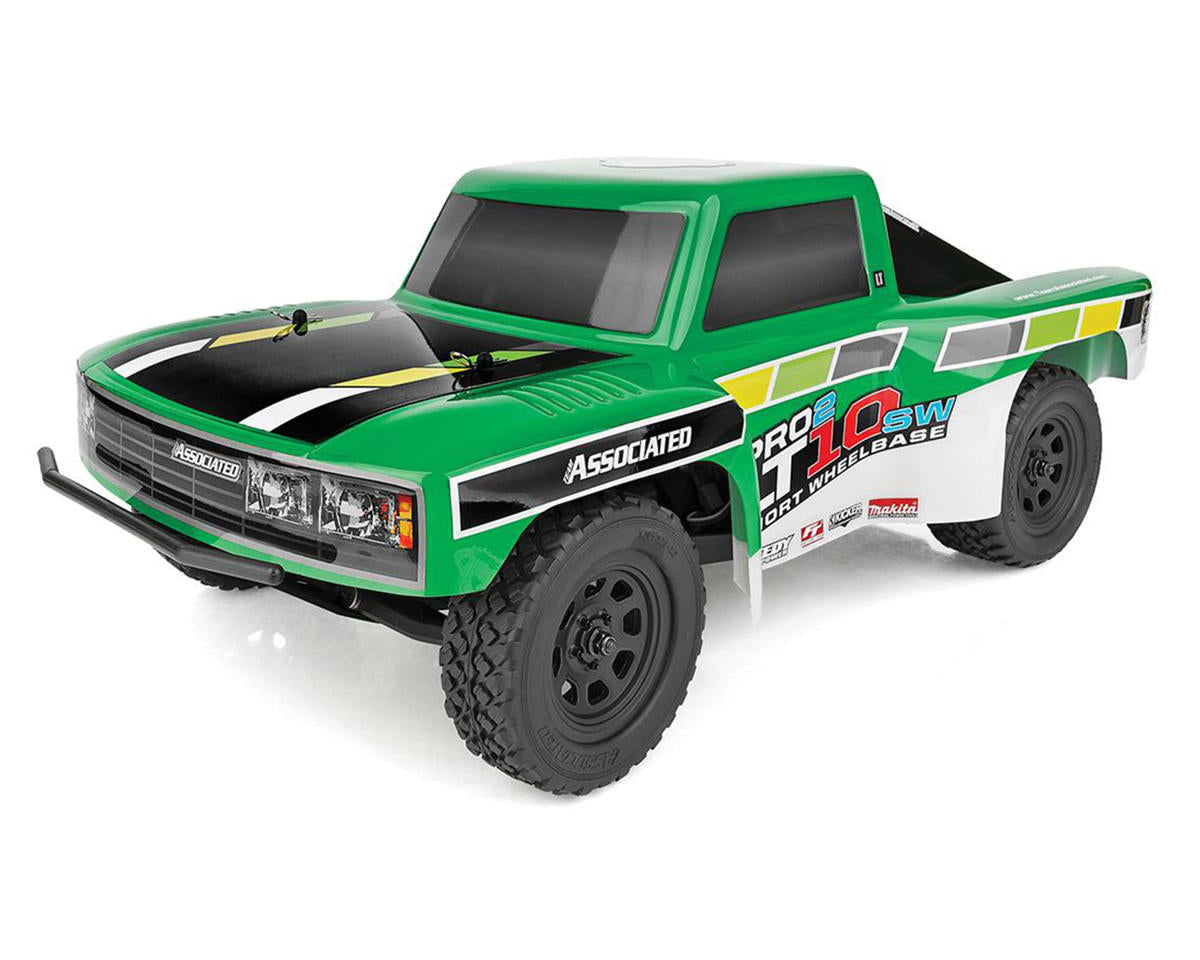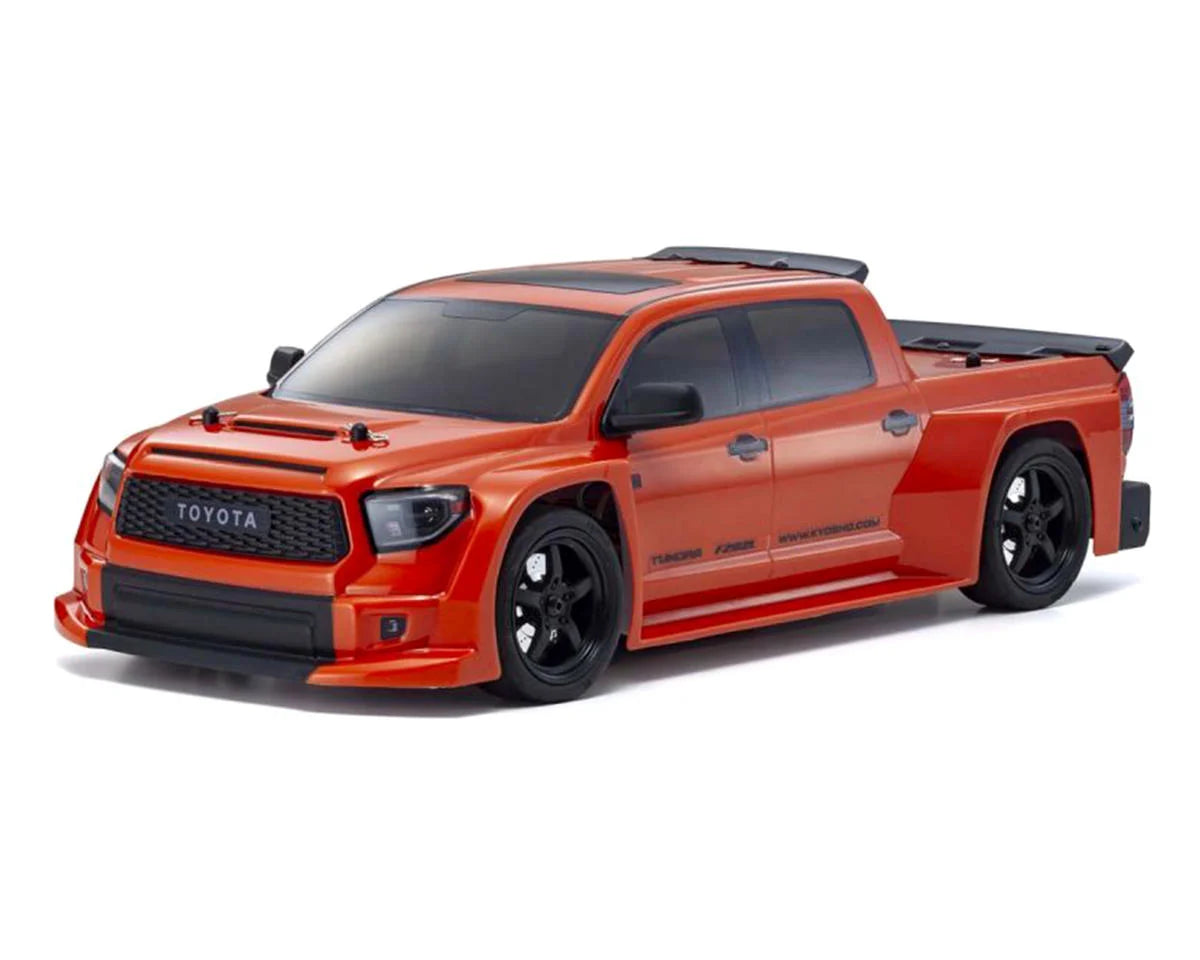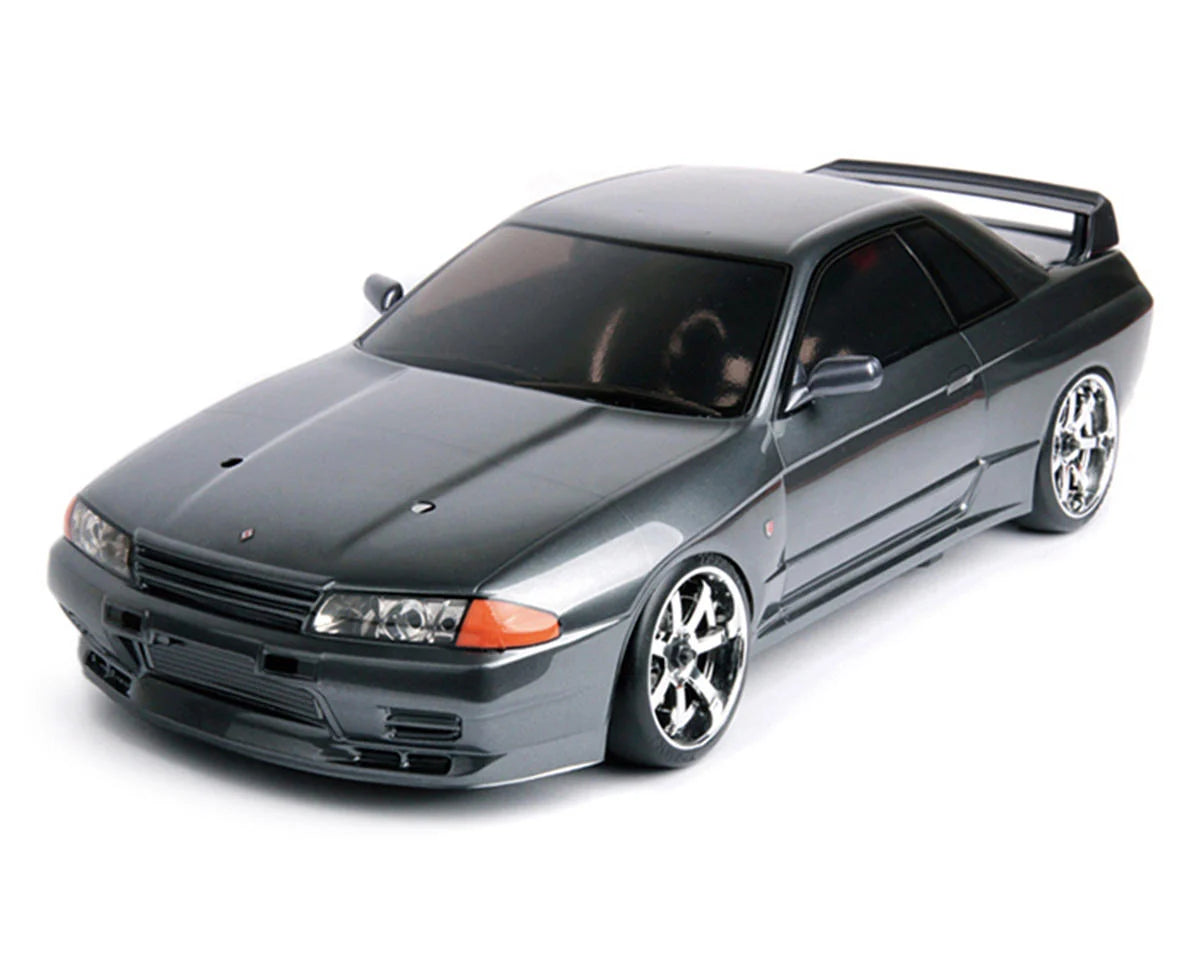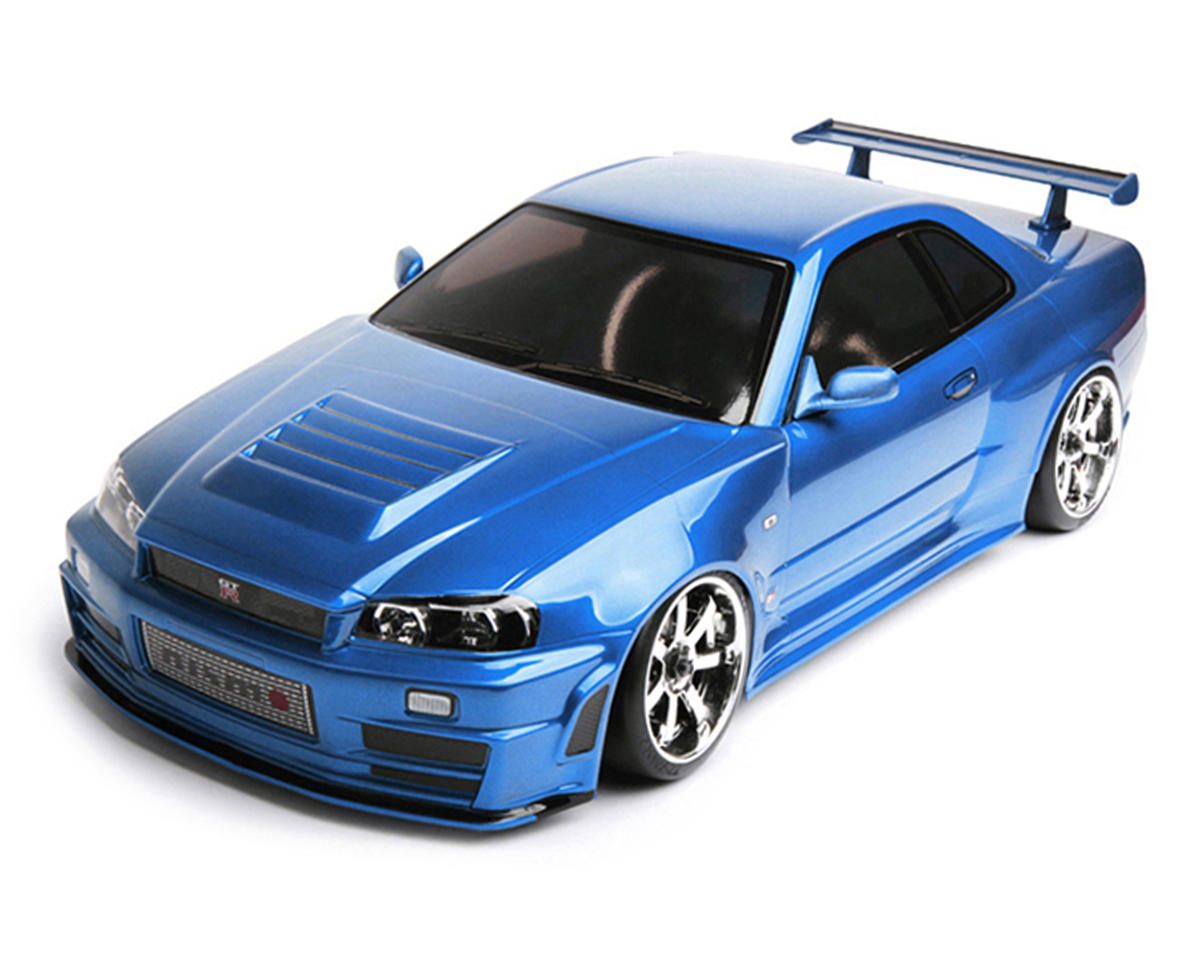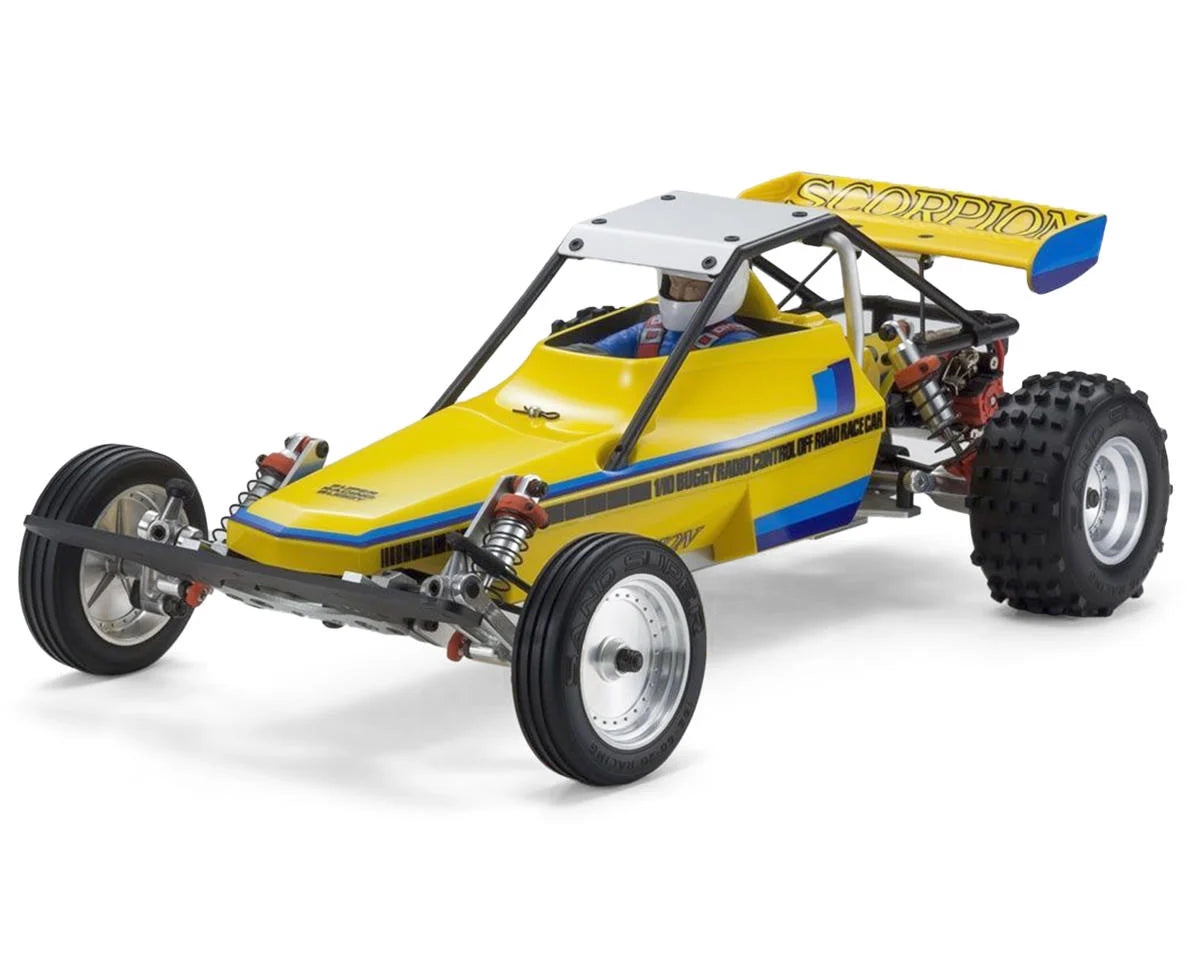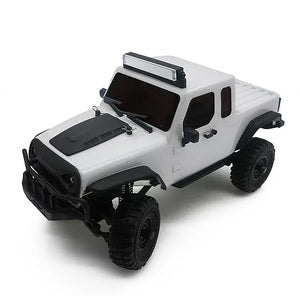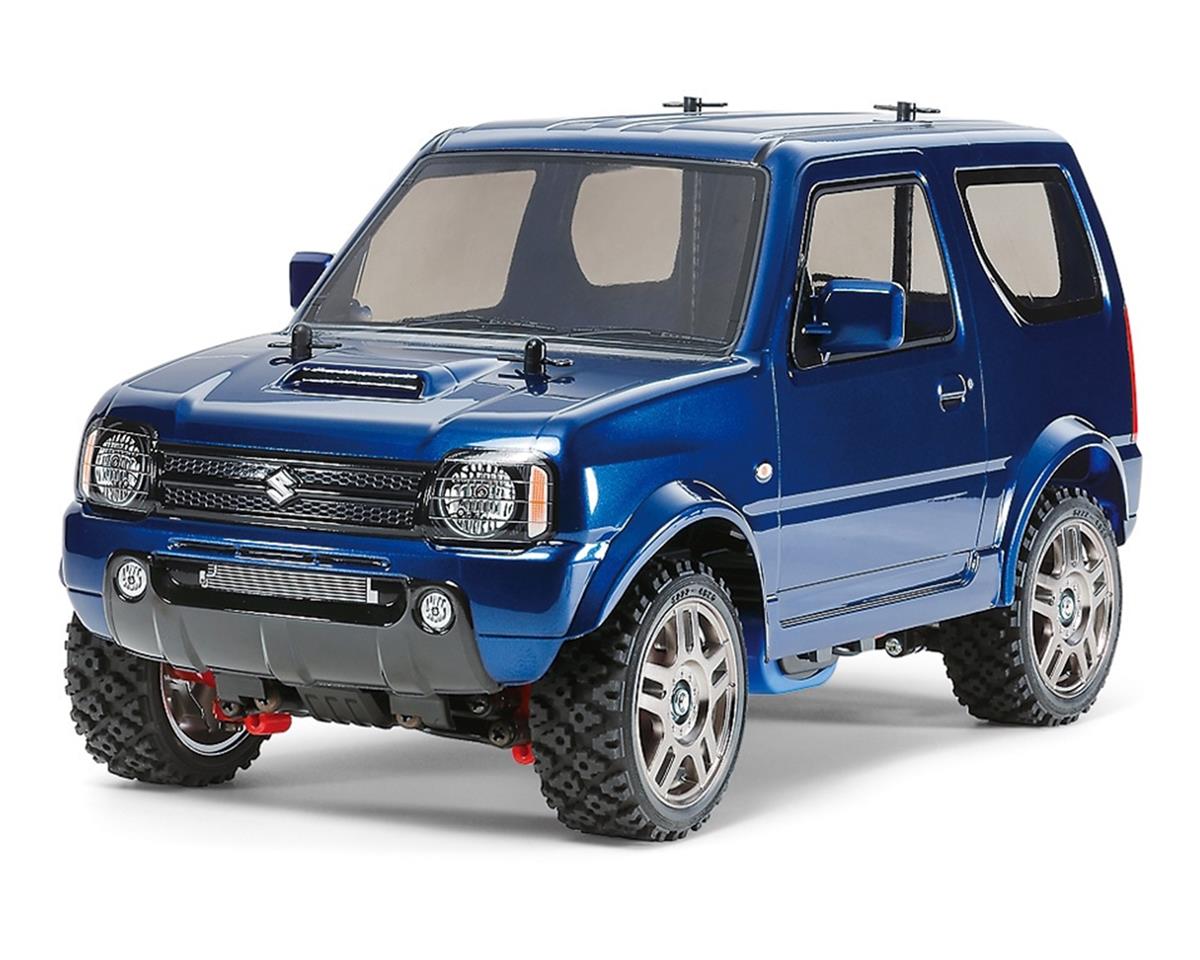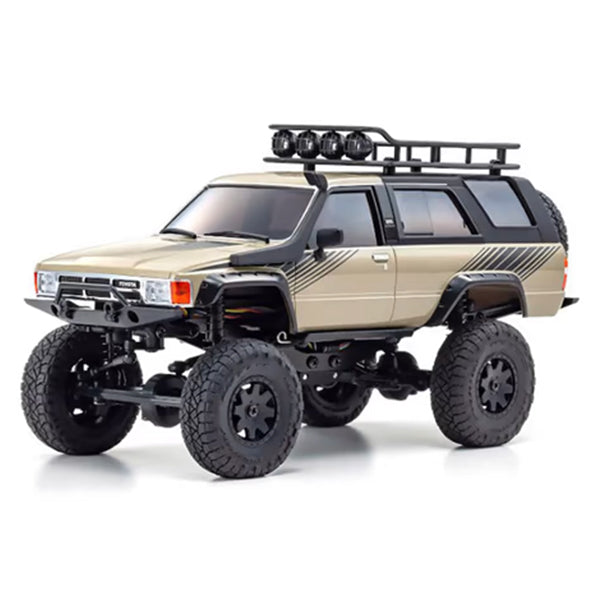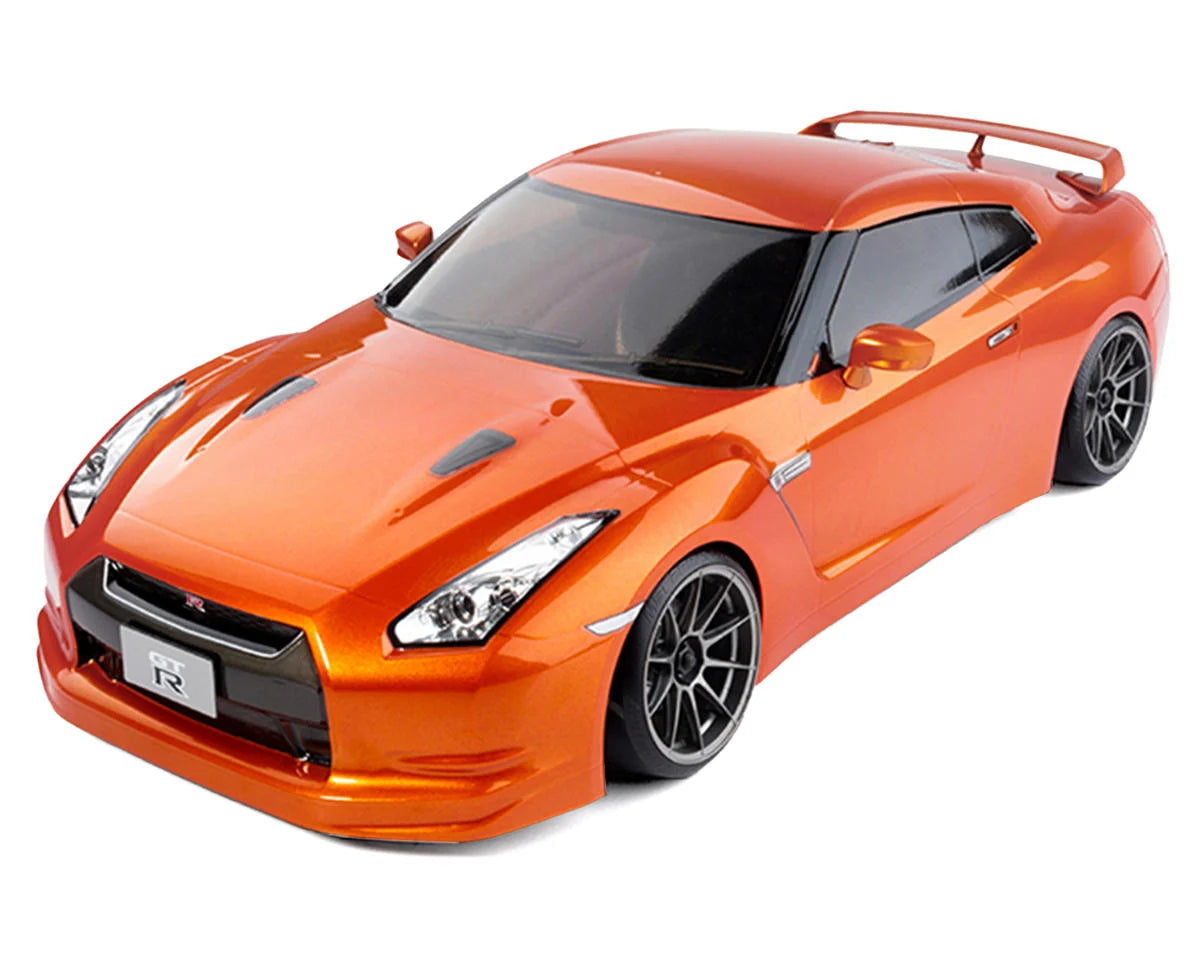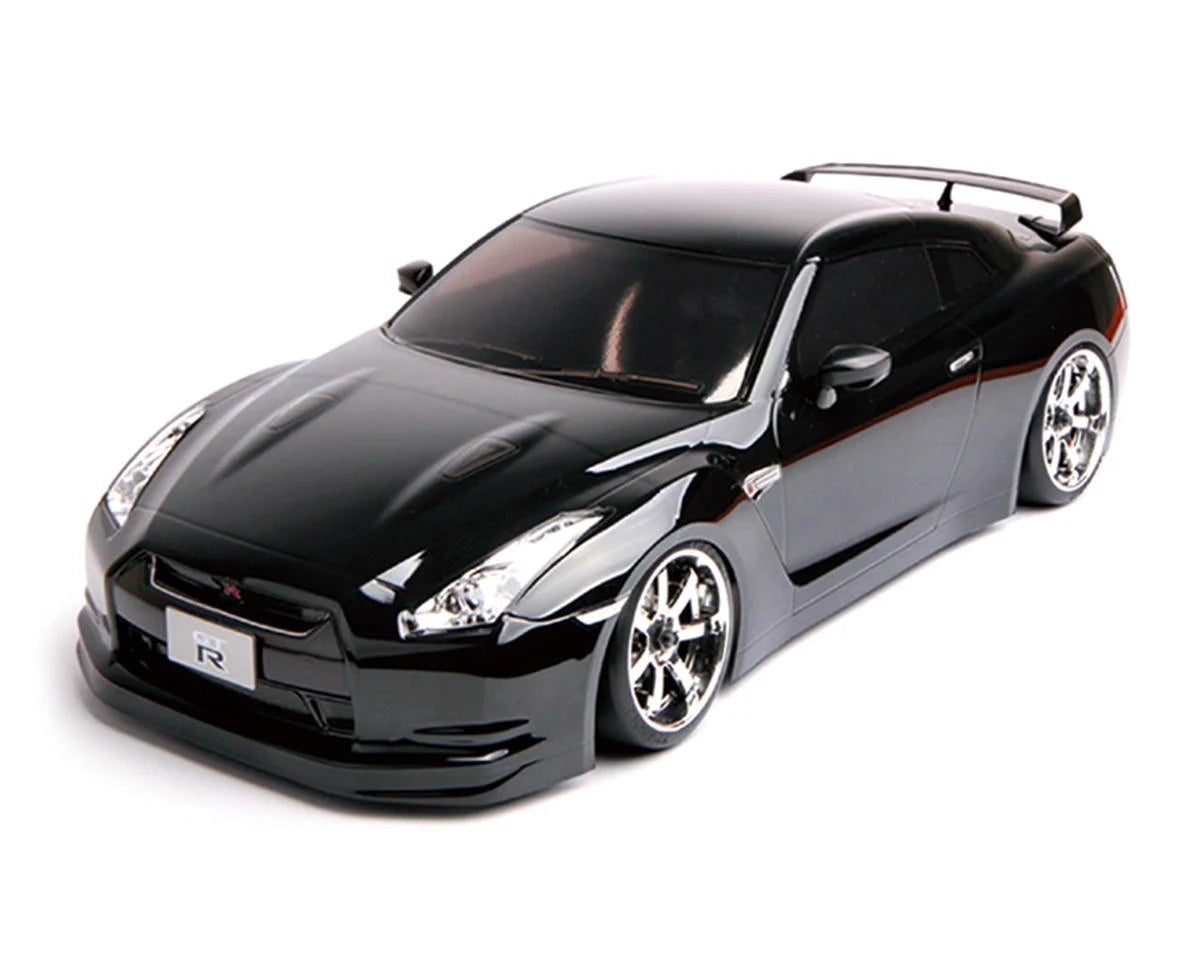There are so many RC cars available in our RC hobby store that you might feel a tad confused about what makes them all different. Well, the underlying answer is that most vehicles are more similar than they're not. Whether they're built for off-roading or not, all RC car drivetrains are either two-wheel drive (2WD) or four-wheel (4WD). And they each use one of four drivetrain types:
-
Shaft Drive
-
Direct Drive
-
Belt Drive
-
Gear-Reduction Drive
You can enjoy your RC without getting to know the ins and outs of each RC car drivetrain. But if you want to get the most out of them, then it might be worth your time to learn a little about these four types.
Shaft Drive
So, let's start with the first one: shaft drive. You'll usually find this one in RC cars designed for off-roading. Shaft drive is a popular choice for these vehicles because it offers several advantages that make it well-suited for tackling rough terrain. This type often uses a metal axle for increased durability.
Pros:
-
With off-roading comes bumps, bruises and dinks. So it's lucky for you that the shaft drive is very durable. It can take the sort of hits that a lesser drivetrain would succumb to, protecting the transmission in tough situations thanks to its design.
-
This is a very efficient drivetrain that minimizes power loss due to the direct connection between the motor and the wheels. Giving the vehicle that extra bit of power needed to conquer the toughest hurdles.
-
But shaft drive isn't just about brute force. It also offers smooth and precise control, thanks to its ability to maintain a constant velocity ratio between the motor and the wheels.
Cons:
-
Heavier than other drivetrain options, which can impact speed and acceleration
-
Requires more maintenance to keep it running smoothly.
Direct Drive
While the shaft drive is the top pick for off-roading vehicles, direct drive is a popular choice for on-road RC cars. This drivetrain connects the motor directly to the wheels, offering a simple and efficient design that's perfect for speed and acceleration.
Pros:
-
Direct drive is incredibly efficient, as there are no intermediary components between the motor and the wheels. This means that all the power generated is directly transferred to the wheels, unlike other drivetrains.
-
Its simple design is also a positive in terms of performance and agility, as the lack of moving pieces means it's one of the more lightweight drivetrains around. This is especially beneficial for on-road racing.
-
Unlike the shaft drive, the direct drive is easy to maintain. Again, this is due to the relative simplicity of the design. With fewer moving pieces, there are fewer bits and bobs to take care of or to worry about. This means you get more time driving and less time staring at the driveshaft, wondering what's not working.
Cons:
-
The simplicity of direct drive is its biggest positive. But it can also be a bit of an issue in some areas, such as its inability to change the gear ratio. This means that to achieve different levels of speed and torque, you may need to change the motor or tyres - which can be an unwanted hassle.
-
While the motor being connected to the wheels means the vehicle can go faster, it also means it does not have any buffer to absorb shocks or impacts. This makes it much more prone to wear and tear, especially if you're a bit of a reckless driver.
Belt Drive
The penultimate option we're going to talk about is belt drive. This system uses a belt to transfer power from the motor to the wheels. This gives drivers a decent balance of efficiency and durability and is useful in both on-road and off-road applications.
Pros:
-
Great at absorbing shocks and vibrations. The belt acts as a buffer between the motor and the wheels, reducing wear and tear on the components and providing a smoother, more comfortable ride.
-
Offers flexible gearing, as the belt can be easily changed to alter the gear ratio. This allows you to fine-tune your RC car's performance to suit different track conditions or driving styles.
-
It’s very light. Which gives it an extra bit of speed and handling that heavier options can't offer.
Cons:
-
The belt can stretch or wear out over time. And when that happens, you'll need to replace it, which can be a real bother.
-
It's also not as efficient as - for example - the direct drive option. This is because some power can be lost through the belt's flexibility. Resulting in slightly slower acceleration and top speeds.
Gear-Reduction Drive
The final drivetrain worth mentioning is the gear-reduction drive. This uses a series of gears to reduce the motor's speed while increasing its torque. This makes it an ideal pick for drivers who want high levels of power and control.
Pros:
-
If you’re looking for a high-end RC car or truck, you’ll probably get one with this drivetrain. It can generate massive amounts of torque. This allows your RC car to tackle steep inclines, heavy loads, and rough terrain without breaking a sweat.
-
Precise control over the motor's speed and power output. By adjusting the gear ratio, you can fine-tune your RC car's performance to suit different situations, which makes it comfortably the most versatile option around.
-
Like the shaft drive, this option is very reliable and durable. So you, can use it in most situations without worrying too much about every scrape and bruise you inflict on the car with any less-than-diligent driving.
Cons:
-
However, the complex design of the gear-reduction drive can make it heavier than other drivetrain options. This extra weight can impact your RC car's speed and agility, especially in high-speed racing applications.
-
While the multiple gears do give drivers an incredible amount of control and fine-tuning, they also make a lot more friction, which can result in more power loss compared to simpler designs like direct drive. This often results in slightly reduced efficiency and may require more frequent maintenance to keep everything running smoothly.
Choosing an RC Car Drivetrain System
Every drivetrain has its specialty. In case you want a recap, here they are:
-
Shaft Drive: Ideal for off-road vehicles, offering durability and efficiency
-
Direct Drive: Perfect for on-road racing, providing simplicity and lightning-fast acceleration
-
Belt Drive: Offers a balance of efficiency and durability, suitable for both on-road and off-road applications
-
Gear-Reduction Drive: Generates high levels of torque, ideal for crawlers and other off-road vehicles that require power and control
We recommend checking out:
-
Traxxas LaTrax Teton 1/18 4WD RTR Monster Truck: This off-road monster truck features a shaft drive system, ensuring durability and efficient power transfer for tackling rough terrain.
-
Axial SCX24 Jeep JT Gladiator 1/24 4WD RTR Scale Mini Crawler: Equipped with a gear-reduction drive, this mini crawler offers impressive torque and precise control for navigating challenging obstacles.
-
Axial SCX24 Deadbolt 1/24 RTR Scale Mini Crawler: Also featuring a gear-reduction drive, the Deadbolt is another excellent choice for those looking for a powerful and capable mini crawler.
Hopefully, by now, you have a decent understanding of how the various drivetrains affect your ride. Have fun clicking around our RC store to see the best remote-controlled vehicles in the world.
Bit at the top of the page
RC drivetrains are the crux of any top remote control vehicle. Luckily for you, we've got all the best models around. From steady direct drives to off-roading shaft drives. With top brands like Traxxas and Axial and a variety of scale sizes, you'll find the ideal combination of performance and size to suit your needs. Explore our collection today and unlock that inner speed demon.

